
Not just there, but in the thick of it
The source code of the software created by the Open Logistics Foundation is public: “Developers worldwide are invited to work on it,” says Andreas Nettsträter, CEO of the Foundation.

The source code of the software created by the Open Logistics Foundation is public: “Developers worldwide are invited to work on it,” says Andreas Nettsträter, CEO of the Foundation.
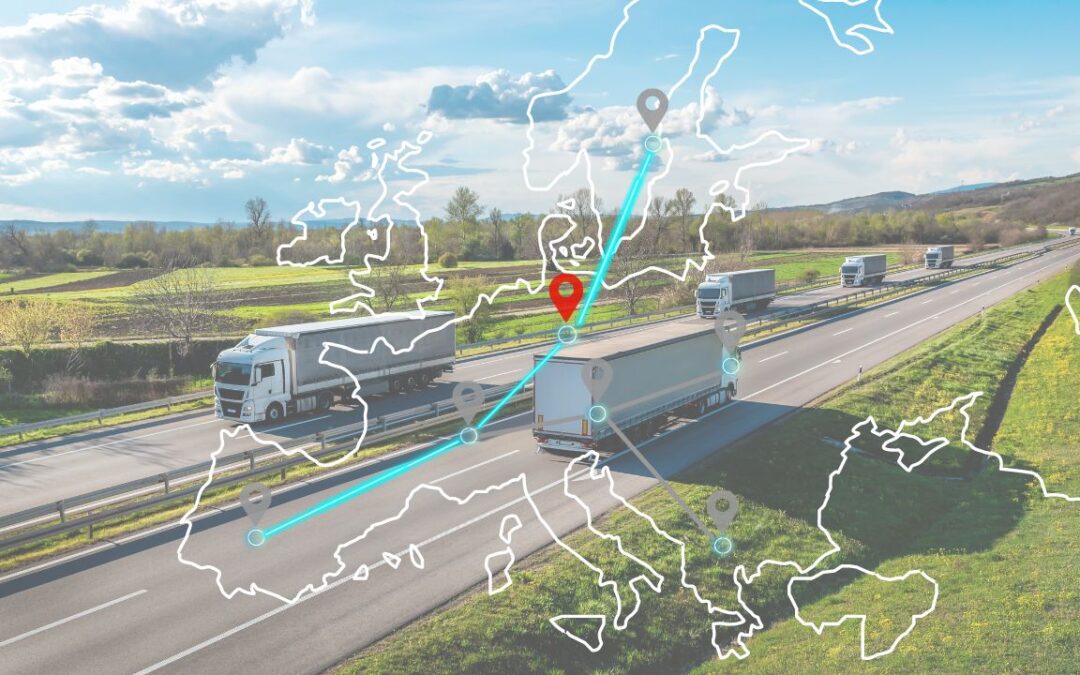
From more than 150 different terms to ten unified designations: The Working Group Track & Trace has agreed on fewer, more specific events in track & trace solutions – the path to a unified model is clear.
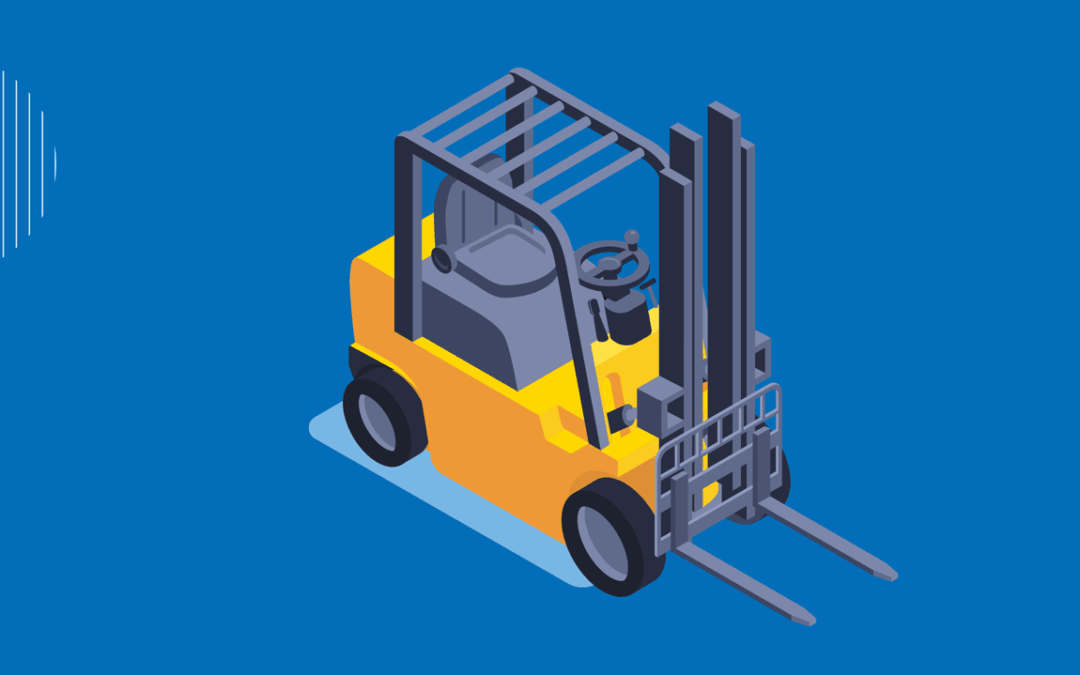
Intralogistics is fragmented – it is high time to create common standards through open source.

Whether autonomous cranes or intelligent vehicle fleets: The path to smart logistics is lead through the Open Logistics Repository.
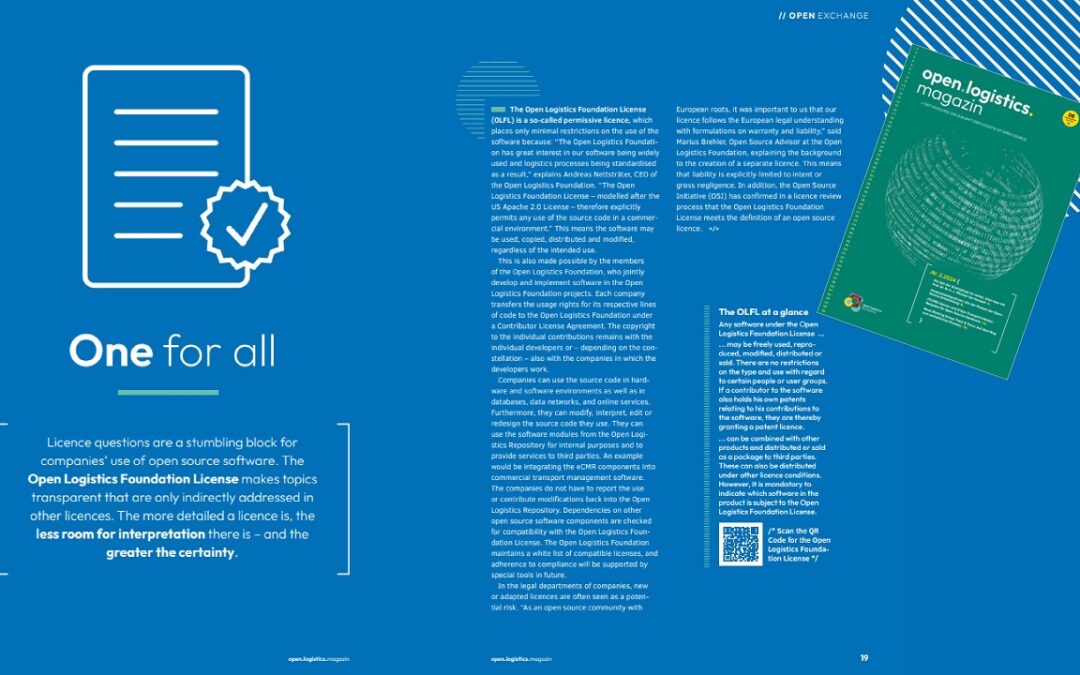
Licence questions are a stumbling block for companies’ use of open source software. The Open Logistics Foundation License makes topics transparent that are only indirectly addressed in other licences. The more detailed a licence is, the less room for interpretation there is – and the greater the certainty.
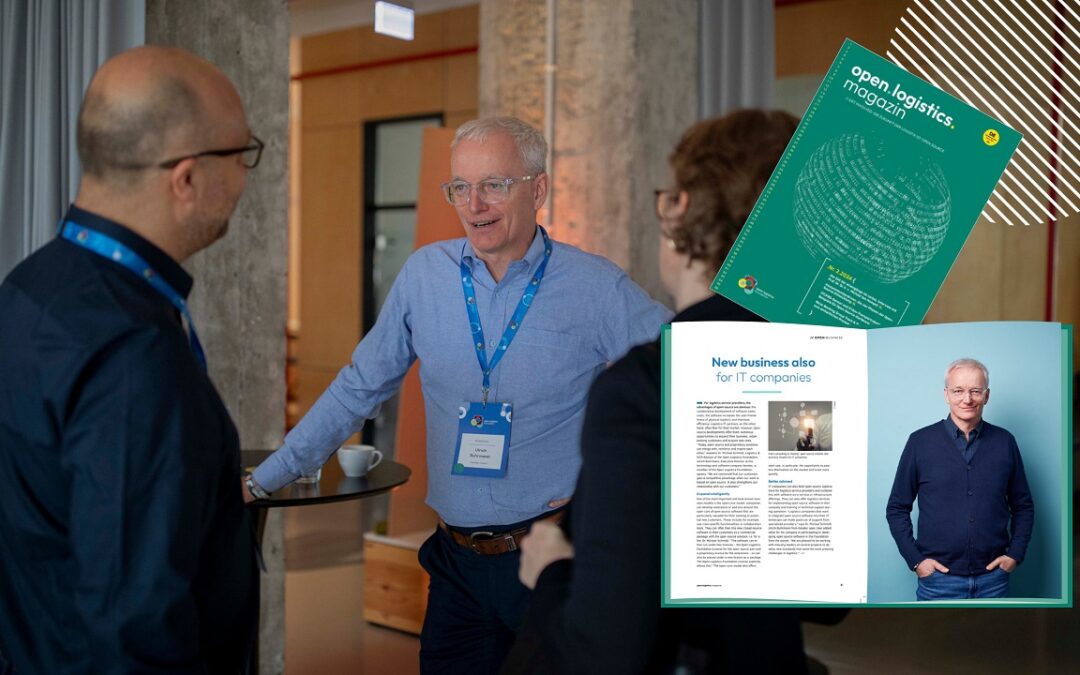
For logistics service providers, the advantages of open source are obvious: the collaborative development of software saves costs, the software increases the user-friendliness of physical logistics and improves efficiency. Logistics IT partners, on the other hand, often fear for their market. However, open source developments offer them numerous opportunities to expand their business, retain existing customers and acquire new ones.
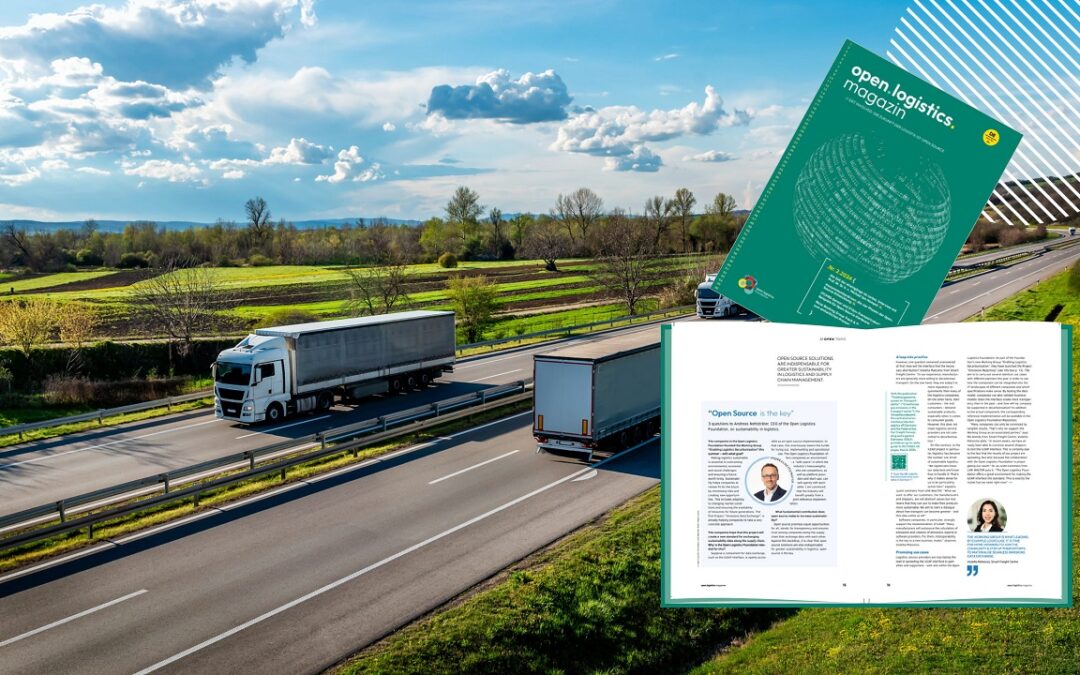
Open source solutions are indispensable for greater sustainability in Logistics and Supply Chain Management. 3 questions to Andreas Nettsträter, CEO of the Open Logistics Foundation, on sustainability in logistics.
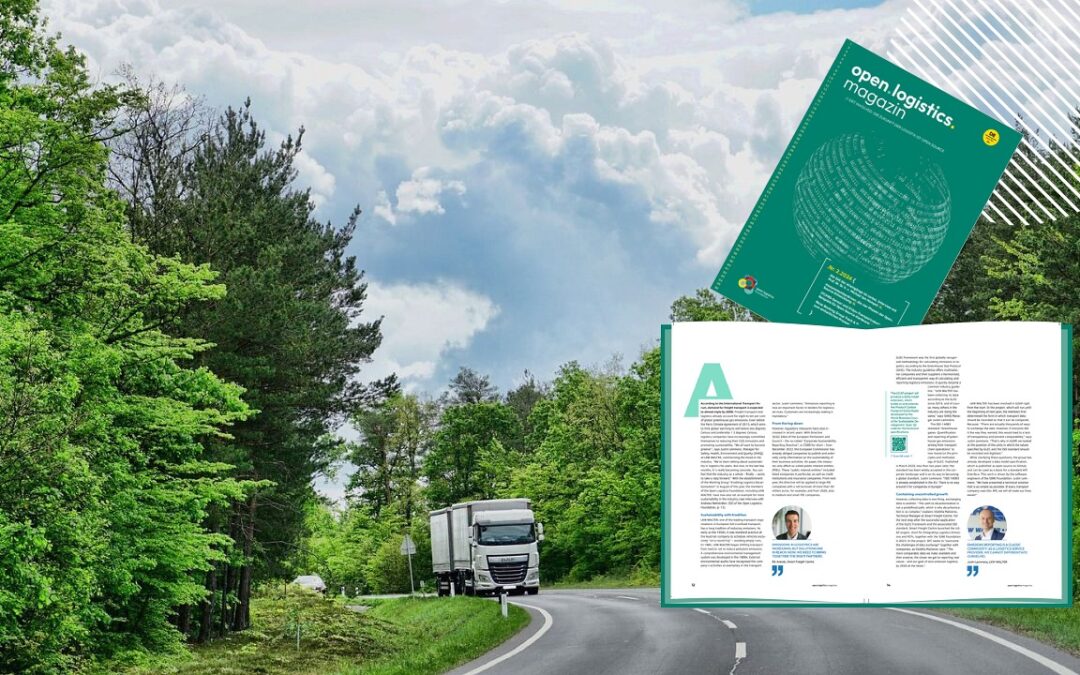
“Zero-emission logistics“ is the logistics of the future. Open source solutions can help make logistics more efficient faster, thus contributing to achieving climate targets.
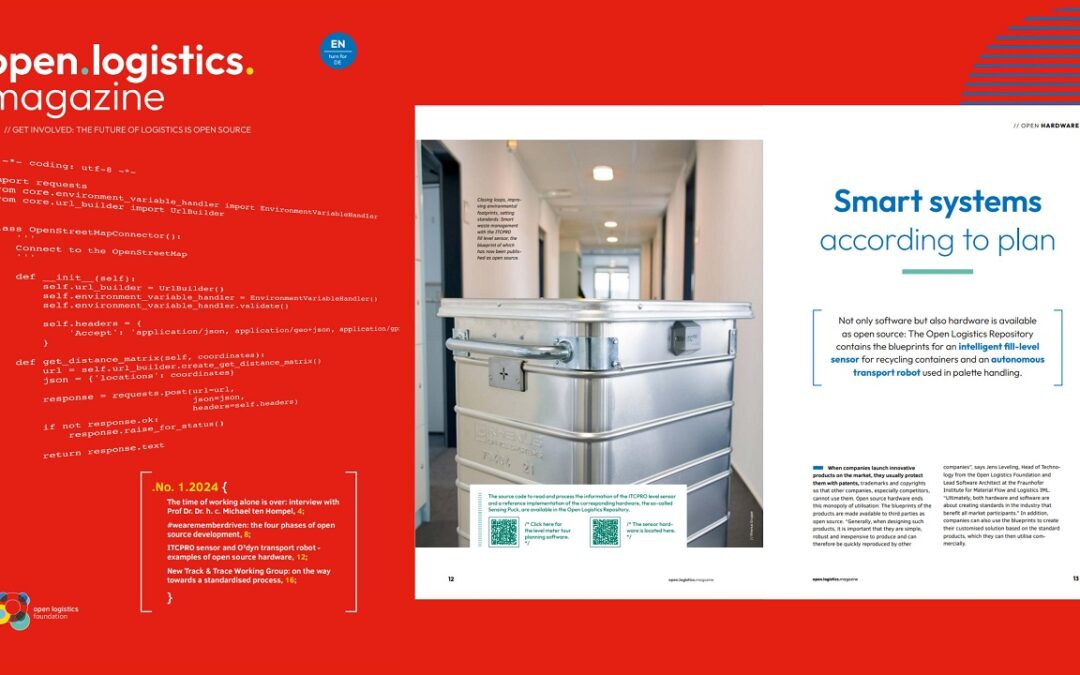
Not only software but also hardware is available as open source: The Open Logistics Repository contains the blueprints for an intelligent fill-level
sensor for recycling containers and an autonomous transport robot used in palette handling. Closing loops, improving environmental footprints, setting standards: Smart waste management with the ITCPRO fill level sensor, the blueprint of which
has now been published as open source.
You are currently viewing a placeholder content from Google Maps. To access the actual content, click the button below. Please note that doing so will share data with third-party providers.
More InformationYou are currently viewing a placeholder content from Facebook. To access the actual content, click the button below. Please note that doing so will share data with third-party providers.
More InformationYou are currently viewing a placeholder content from Instagram. To access the actual content, click the button below. Please note that doing so will share data with third-party providers.
More InformationYou are currently viewing a placeholder content from X. To access the actual content, click the button below. Please note that doing so will share data with third-party providers.
More Information